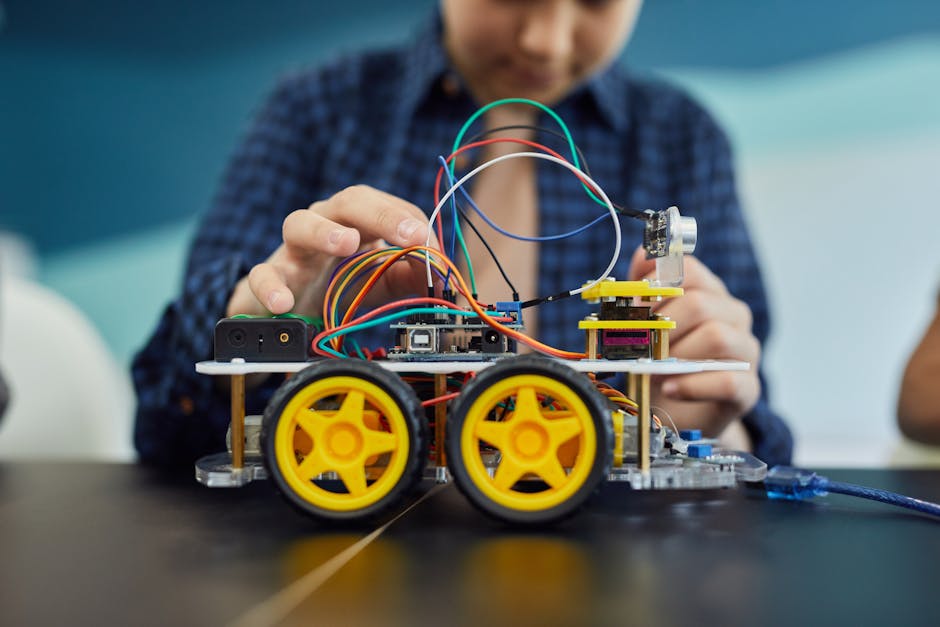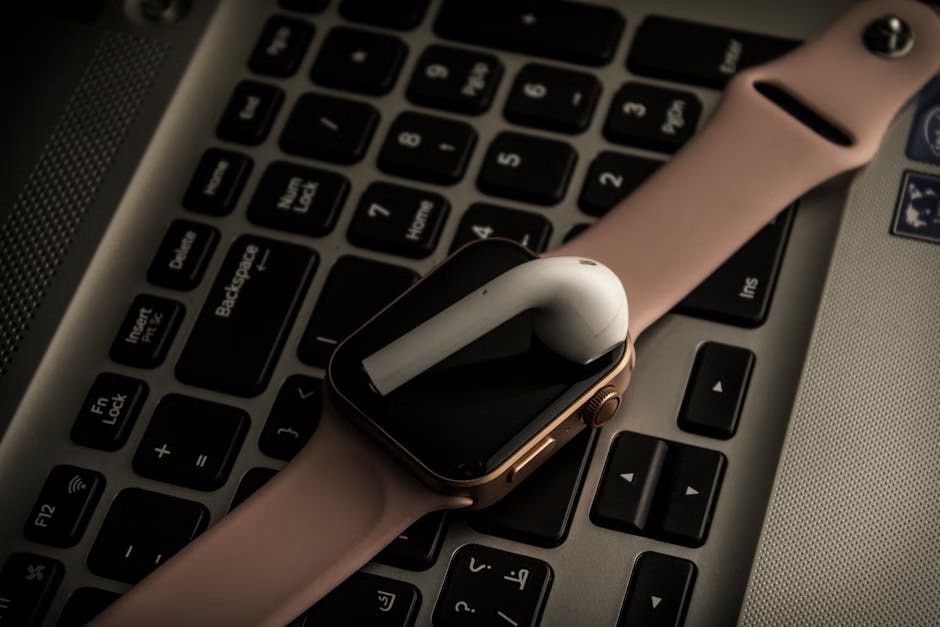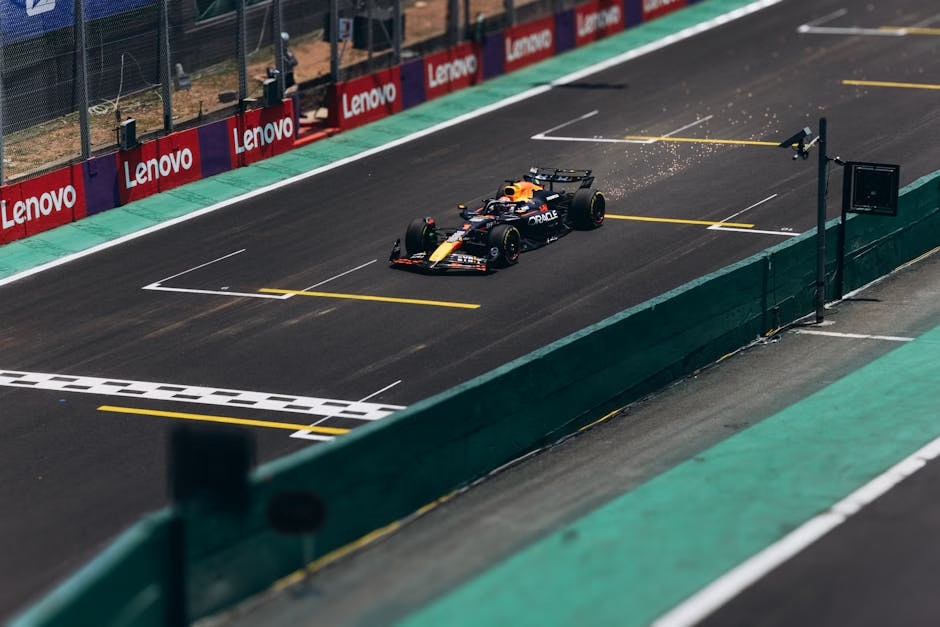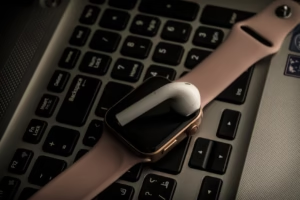How to Connect Jumper Cables: Your Ultimate 5-Step Guide
Ever felt that gut-wrenching lurch of panic when you turn the key, and all you hear is a sad, clicking silence? We’ve all been there. A dead car battery can feel like a major setback, especially if you’re stranded far from home.
But here&s the good news: learning how to safely and effectively connect jumper cables is a fundamental skill that can save you a lot of time, money, and stress. As someone who’s battled more than my fair share of stubborn batteries (and won!), I can tell you that this isn&t rocket science, but it does require a clear head and the right approach. Let&s demystify the process and get you back on the road with confidence.
Why Does My Car Battery Die, Anyway?
Direct Answer: Car batteries typically die due to a combination of factors, including leaving lights on, extreme weather, or simply old age and wear.
Understanding why your battery might be dead can sometimes help prevent future incidents. The most common culprit? Leaving your headlights, interior lights, or even a charging phone plugged in overnight.
These parasitic drains slowly but surely deplete your battery&s charge. Extreme temperatures, particularly bitter cold, can also significantly reduce a battery&s cranking power. Over time, all batteries degrade; they lose their ability to hold a charge efficiently, making them more susceptible to dying.
Knowing this helps you take preventative steps, but when prevention fails, knowing how to connect is key.
What Tools Do I Need Before I Try to connect Jumper Cables?
Direct Answer: You&ll need a good set of jumper cables, a working vehicle with a charged battery, and some basic safety gear like gloves and safety glasses.
Before you even think about trying to connect anything, gather your essentials:
- Quality Jumper Cables: Not all jumper cables are created equal. Look for a heavy-gauge (lower AWG number, like 4- or 6-gauge) and sufficient length (at least 15-20 feet) for flexibility in parking. Good quality cables, like the Energizer Jumper Cables, ensure efficient power transfer.
- A Donor Vehicle: This is the car with a healthy, charged battery that will provide the boost.
- Safety Gloves: Protect your hands from dirt, grease, and potential electrical shocks.
- Safety Glasses: Crucial for protecting your eyes from sparks or battery acid fumes.
- Flashlight: If you&re working in low light conditions, this is essential for seeing what you&re doing.
- Owner&s Manual: It&s always a good idea to consult both vehicles& owner&s manuals for specific battery locations or jump-starting instructions.
How Do I Safely Position the Cars to connect Jumper Cables?
Direct Answer: Park the donor car close enough to the disabled vehicle so the jumper cables can reach both batteries without being taut, ensuring both vehicles are in Park/Neutral with their engines off and parking brakes engaged.
Proper positioning is crucial for safety and ease of access. Here&s how to do it:
What&s the Step-by-Step Process to connect Jumper Cables Correctly?
Direct Answer: You connect the red (positive) clamp to the positive terminal of the dead battery, then the positive terminal of the good battery. Next, connect the black (negative) clamp to the negative terminal of the good battery, and finally, to an unpainted metal surface on the engine block of the dead car.
This is the moment of truth! Follow these steps carefully to connect your jumper cables:
What Do I Do After Connecting the Jumper Cables?
Direct Answer: Start the donor car and let it run for several minutes to charge the dead battery, then attempt to start the disabled vehicle.
Once you&ve securely connected all the cables, it&s time to get some juice flowing:
How Do I Disconnect the Jumper Cables Safely?
Direct Answer: Disconnect the jumper cables in the reverse order of how you connected them: black from the dead car, black from the good car, red from the good car, then red from the dead car.
Just as important as connecting them correctly is disconnecting them safely to avoid sparks or electrical issues. Follow this order:
Once disconnected, drive your car for at least 20-30 minutes to allow the alternator to fully recharge the battery. If your car struggles to start again soon after, it&s likely time for a new battery or a check of your charging system.
Shop Related Products on eBay
Find the best deals on these recommended products:
… (Content truncated for length) …
About the Author:
Poly Kaza is a seasoned technology journalist and wearable tech enthusiast with over a decade of experience reviewing and analyzing the latest innovations in smart devices. He has a deep understanding of the underlying technologies that power smartwatches and a passion for helping consumers make informed decisions about their digital companions. His work focuses on bridging the gap between complex technical specifications and practical user experience, with a keen eye on how wearables impact daily life and health.













1 comment